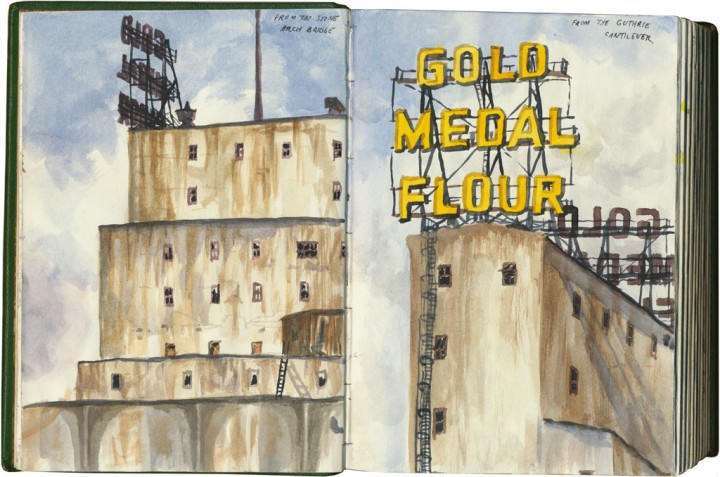Visiting the ruins at Mission San Juan Capistrano reminded me that at least in this country, it’s not the sort of thing one can see every day. Living in Europe for a time gave me a taste for ruined architecture, but it’s not something you often find in the States.
One could argue our civilization isn’t old enough to have archeological sites around every corner, but I don’t think that’s it. For one thing, there has been human culture here for thousands of years, and in some places, like the Southwest, there is plenty of archeological evidence to tour and visit. For another, the Civil War, natural disasters, isolated acts of violence, and countless ordinary accidents have given us plenty of rubble of our own. No, here it’s more of a cultural mindset: when buildings are destroyed, we Americans have an instinct to rebuild, restore or replace them. It really goes against the grain to let architectural remains stay in their ruined state, and learn to appreciate them as they are.
That’s why I love the mill ruins of Minneapolis. Beyond being simply beautiful in their own right, the shells of destroyed buildings are also steeped in stories. Rather than putting up some plaque to commemorate the city’s past as a flour milling town, you can actually stand in a remnant of that past. Instead of repurposing every scrap of real estate for modern, practical use, this parcel of land has been preserved as a museum, just the way it is. And best of all, the ruins sit among specimens of both restored historic buildings and brand new ultra-modern architecture—and they fit in just fine, part of the fabric and story of the city as a whole.


